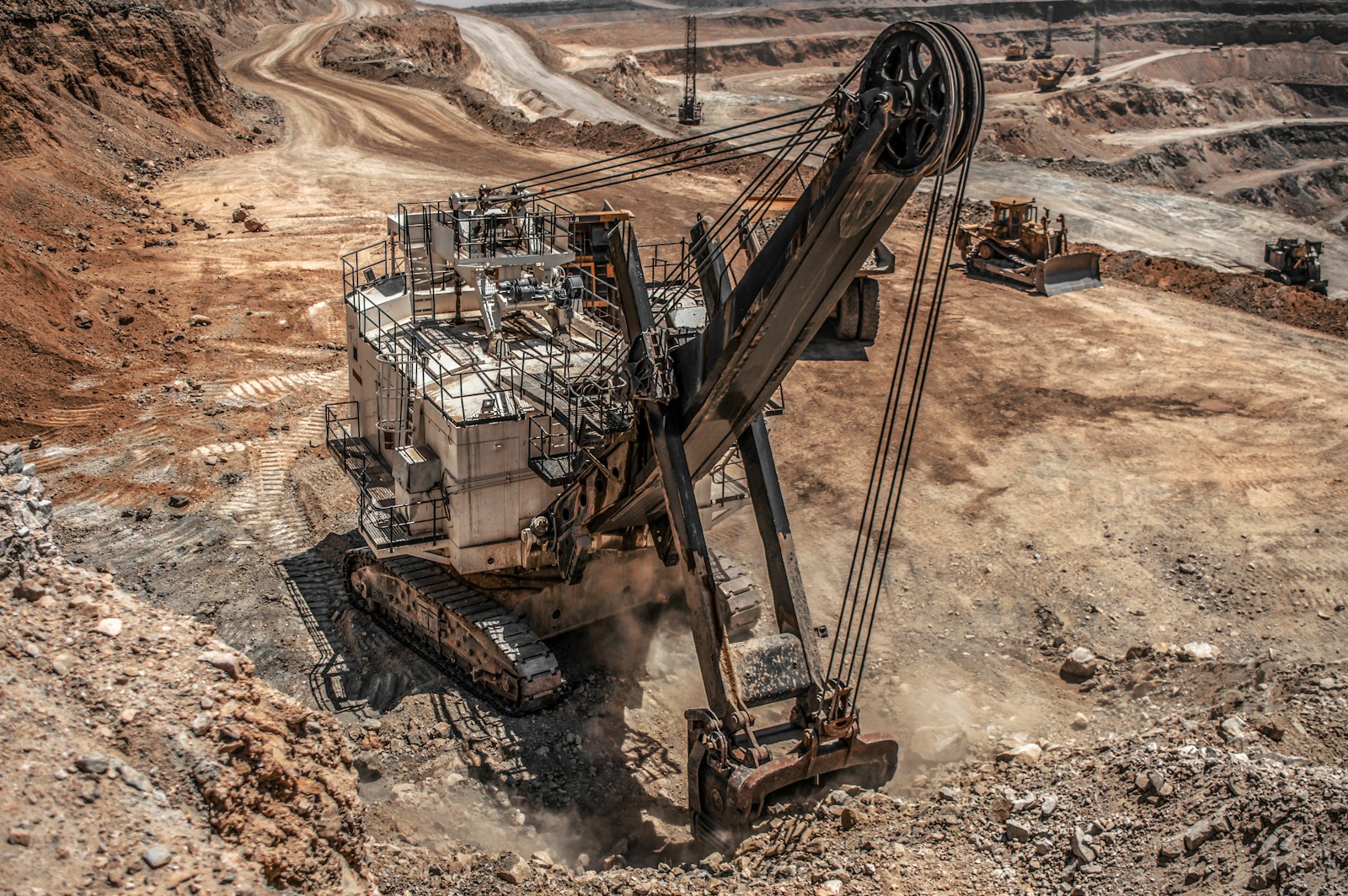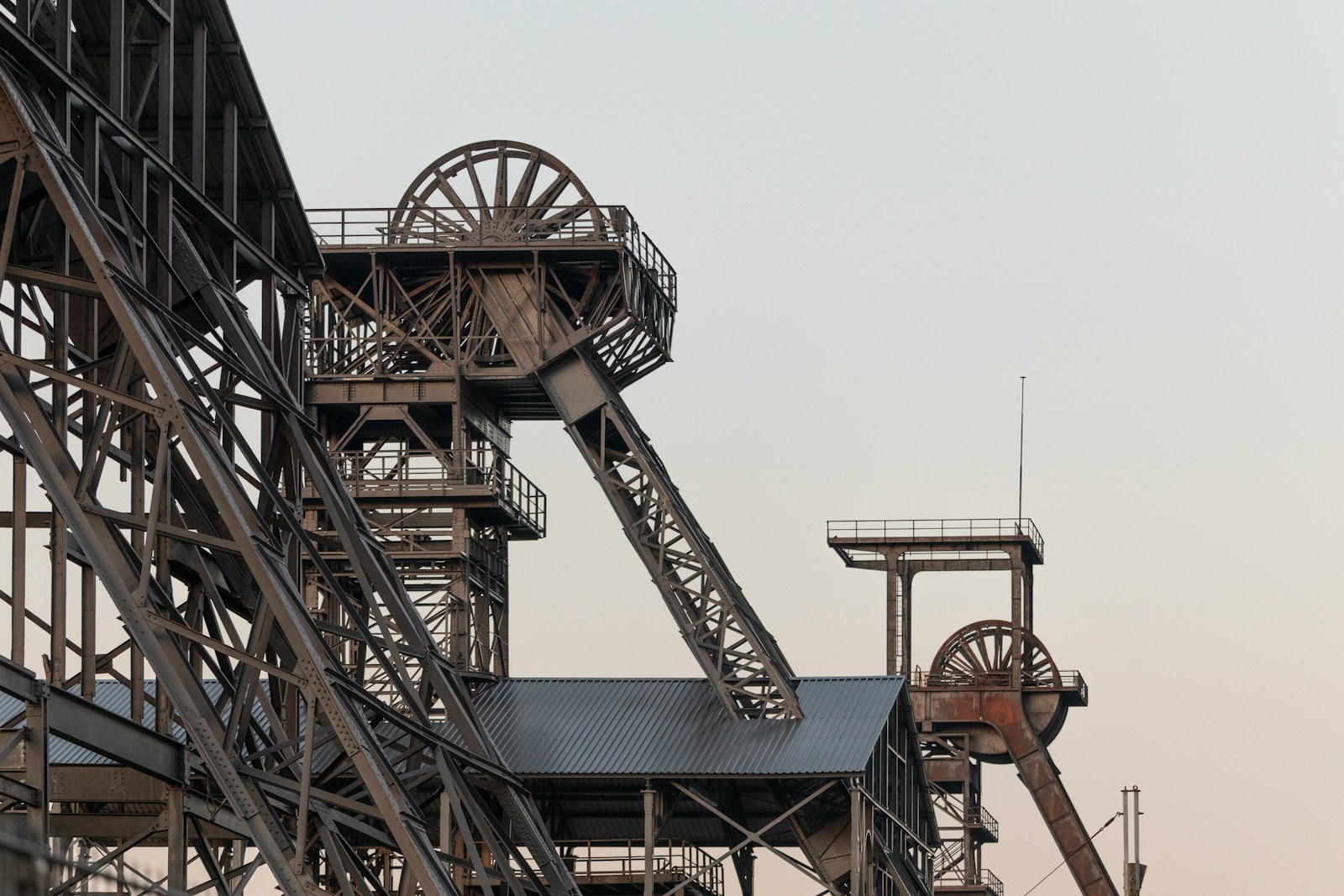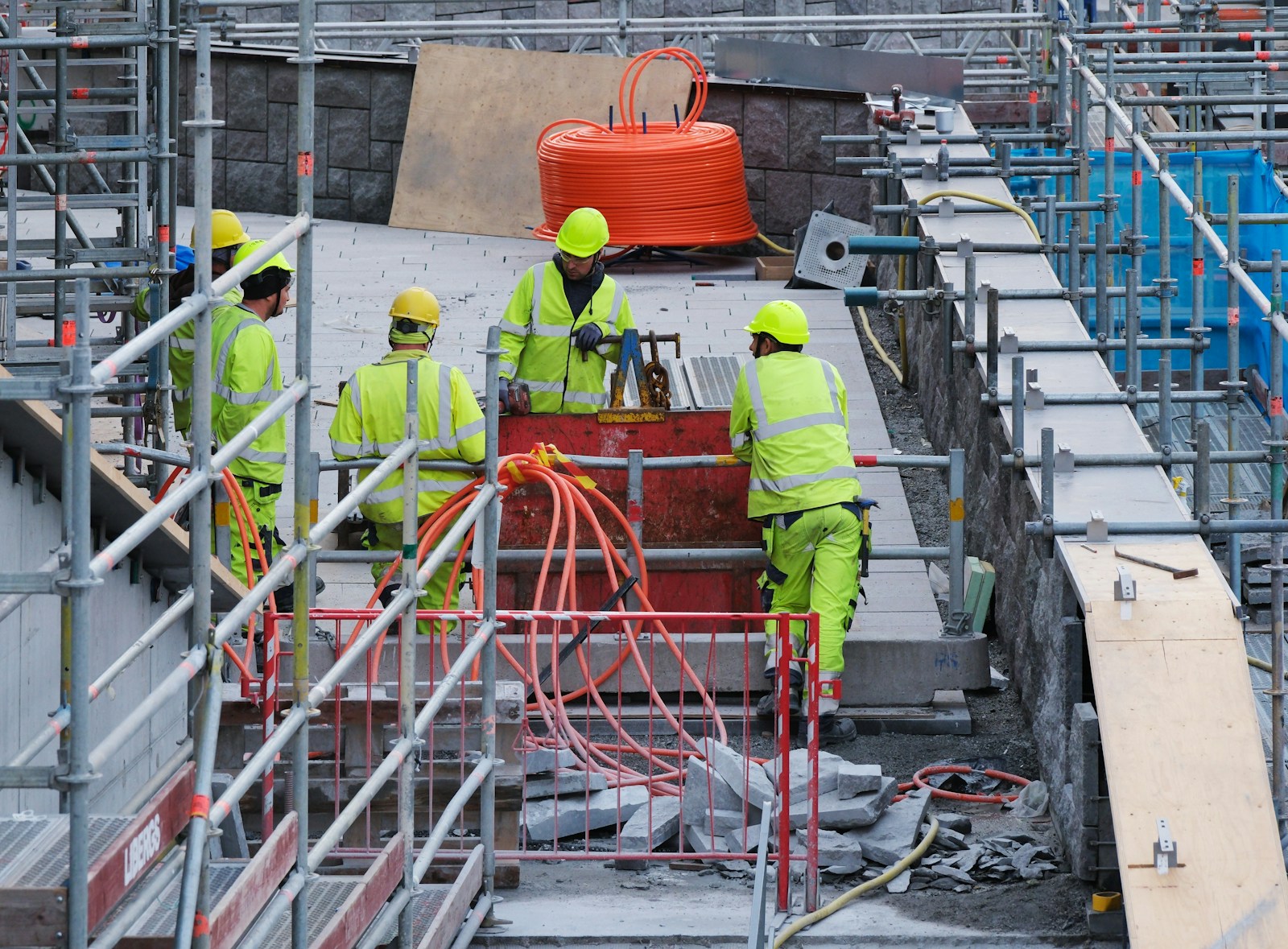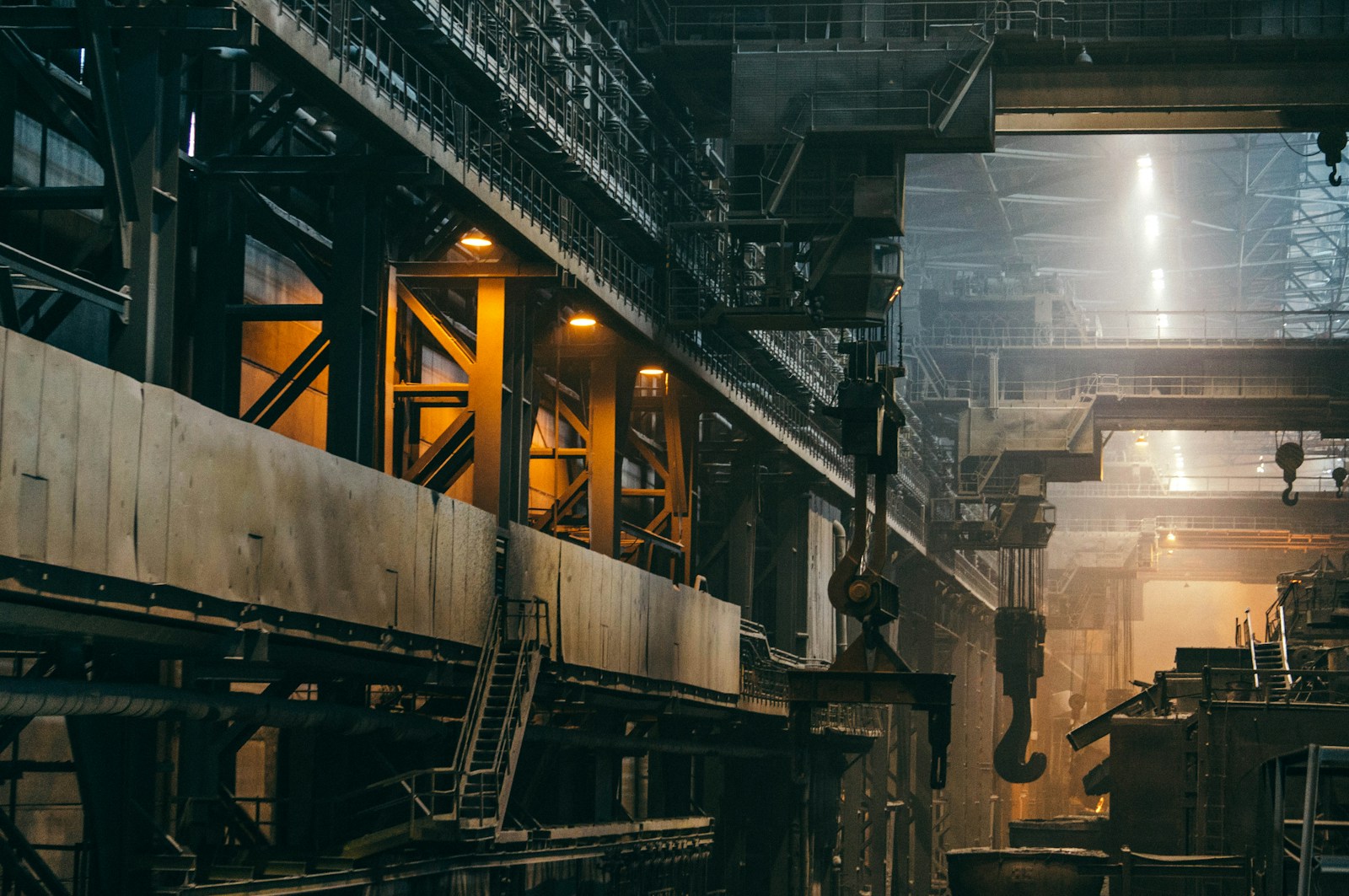Part 1: A Personal Journey Through Industrial Evolution
Over a coffee in Melbourne recently, a young HR graduate asked me what it’s been like watching Australian industrial relations evolve over the past five decades. I had to smile – where do you even begin to describe such a profound transformation?
Picture this: 1974, armed with a freshly minted degree and wearing my smartest suit, I walked into my first role in ‘Personnel.’ The office was filled with filing cabinets and manual typewriters, and the most sophisticated technology on my desk was a calculator. Industrial relations was a world of rigid awards, centralised wage fixing, and adversarial relationships.
Fast forward through fifty years, and what a journey it’s been.
From Coal Mines to Corporate Boardrooms
My career has given me a unique vantage point to witness these changes. From early days at the Queensland Public Service Board to the copper refineries of MIM Holdings, and then into the heart of Australia’s coal industry at Newlands, I’ve seen industrial relations transform from every angle.
The coal industry of the 1980s operated under its own specialised tribunal – the Coal Industry Tribunal (CIT). At Newlands Coal, I experienced firsthand how this unique system managed industrial relations in one of Australia’s most important sectors.
Executive Leadership and Industry Transformation
A significant milestone in my journey came in 1989 when I joined CIG Gases as Head of HR, Industrial Relations and Safety for Victoria and Tasmania. This first executive appointment, leading HR strategy for a 500-strong workforce, came at a crucial time in Australian industrial relations history. As part of the executive leadership team, I witnessed and shaped the transition from centralised wage fixing to enterprise bargaining, implementing these changes across a diverse workforce in a highly technical industry.
Later, as Head of HR at Drayton Coal in the mid-1990s, I was present for another pivotal moment – the dissolution of the CIT and the integration of coal industry industrial relations into the mainstream system. Then came one of the most challenging and rewarding experiences of my career: the Drayton restructure of 1997.
The Great Transitions
The past fifty years have seen several seismic shifts in Australian industrial relations:
- From Centralised to Enterprise Focus
- The dismantling of centralised wage fixing
- Rise of enterprise bargaining
- Introduction of individual agreements
- From Adversarial to Collaborative
- Evolution of union-management relationships
- Development of consultation frameworks
- Growth of interest-based bargaining
- From Paper to Digital
- Transformation of HR systems
- Rise of data-driven decision making
- Evolution of workplace communication
Landmark Moments
Several events stand out as turning points:
The Accord Years (1983-1991)
- A unique experiment in consensus-based industrial relations
- Fundamental shift in union-government relations
- Platform for future reforms
The Waterfront Dispute (1998)
- A defining moment in Australian industrial relations
- Test of workplace reform limits
- Catalyst for public debate about industrial relations
WorkChoices and its Aftermath (2005-2009)
- Most controversial IR reform in Australian history
- Sparked major public and union resistance
- Led to significant political change
The Human Element
Through all these changes, one thing has remained constant – the fundamental importance of human relationships. I remember sitting with union delegates at Drayton Coal during the challenging restructure of 1997, when the coal price had halved overnight. We had two choices: conflict or collaboration. By choosing collaboration and establishing an employment centre rather than heading to the courts, we achieved what seemed impossible at first.
This approach was built on lessons learned across different industries – from the technical complexity of gas production at CIG to the unique challenges of coal mining. Each sector taught me that successful industrial relations isn’t just about understanding legislation – it’s about understanding people.
Building a Mining Giant
Perhaps one of my most significant challenges came in 2010 when I returned from the Middle East to take up the role of Executive General Manager People at Yancoal Australia. This was transformation at scale – growing from one mine with 300 people to ten mines with 3,000 employees in just three years, culminating in listing on the Australian Stock Exchange.
Despite the complexities of multiple mergers and acquisitions, I maintained a hands-on approach to employee and industrial relations. Even as Executive General Manager, I kept IR/ER as one of my core responsibilities rather than delegating it. This decision proved crucial during our rapid expansion, ensuring consistent approaches to workplace relations across all sites while managing the intricate challenges of bringing together different workplace cultures and industrial agreements.
The Modern Landscape
Today’s industrial relations landscape would be almost unrecognisable to that young graduate from 1974:
- Sophisticated HRIS systems have replaced filing cabinets
- Enterprise agreements have largely superseded rigid awards
- Continuous feedback has overtaken annual reviews
- Flexibility and work-life balance are key considerations
- Technology has transformed how we work and communicate
Looking Forward
As we face new challenges – the gig economy, artificial intelligence, remote work, and changing employment patterns – the lessons of the past fifty years become increasingly valuable. The key learning? Successful industrial relations has always been about finding the balance between efficiency and fairness, flexibility and security, innovation and tradition.
[To be continued in Part 2: A Detailed Journey Through Industrial Relations Evolution]
In Part 2, we’ll delve deeper into these transformative decades, examining the specific legislative changes, major disputes, and their impacts on Australian workplaces through the lens of firsthand experience across multiple industries and roles.






















0 Comments